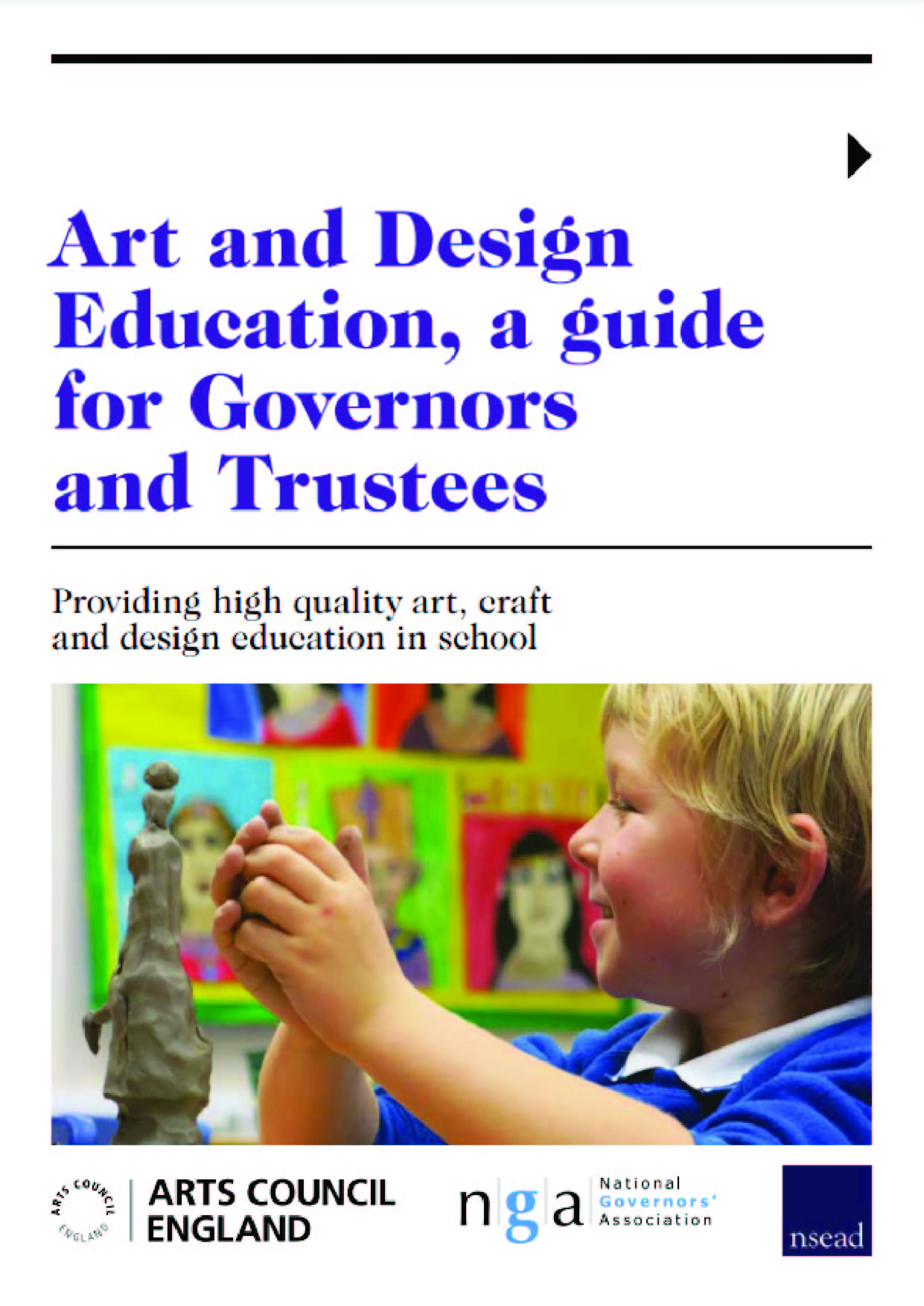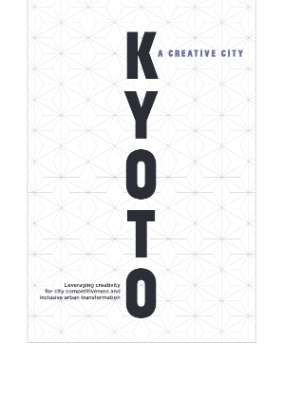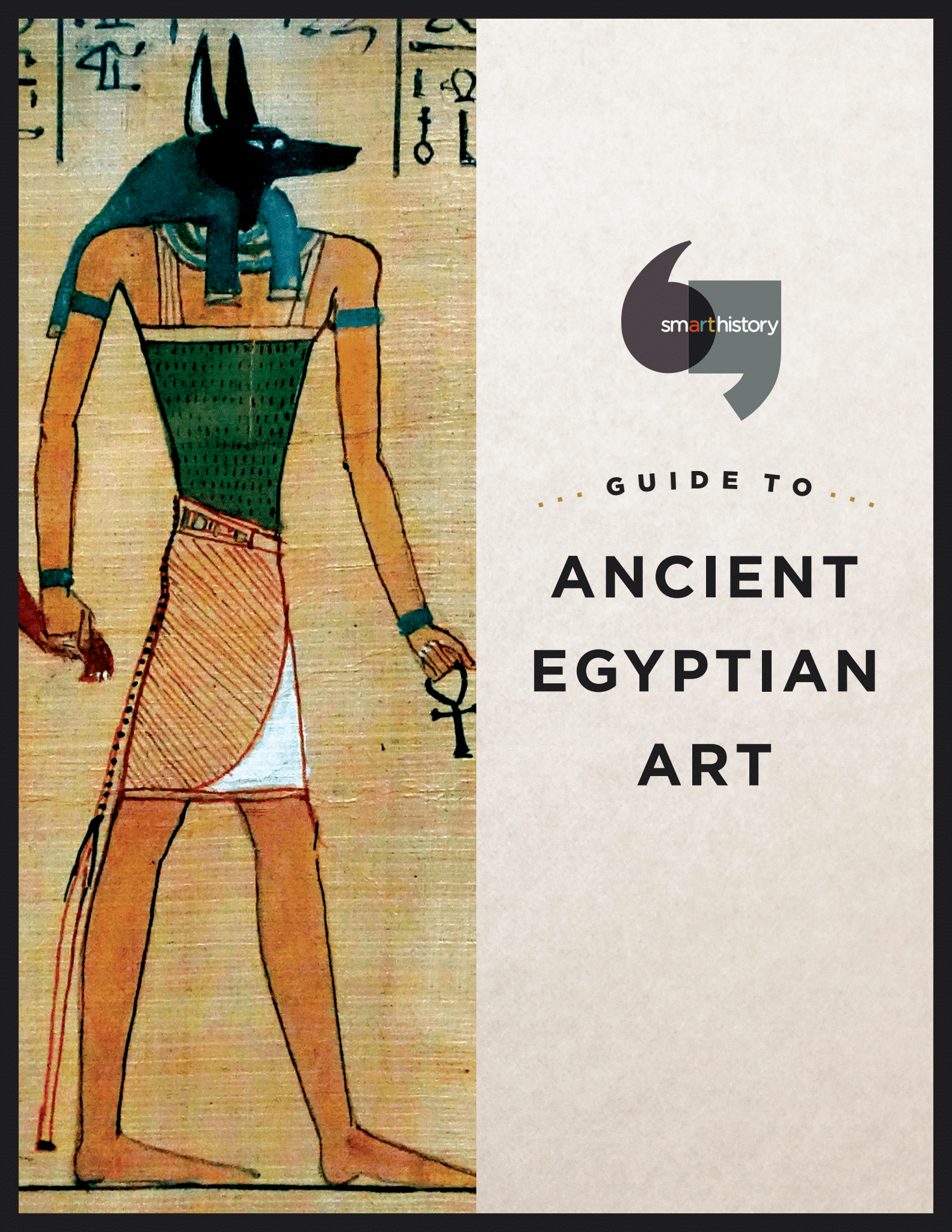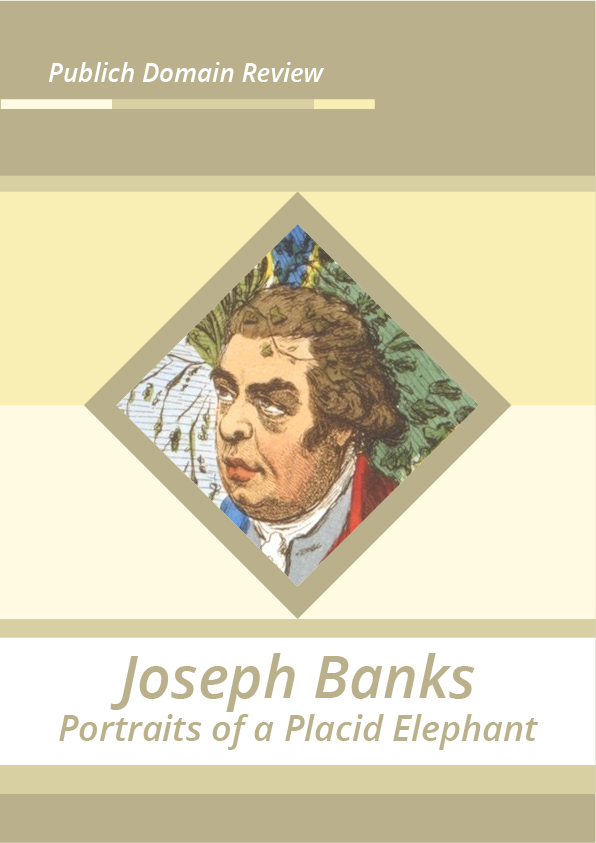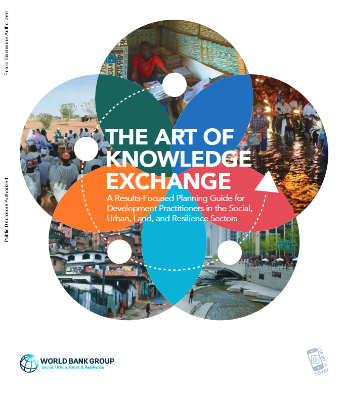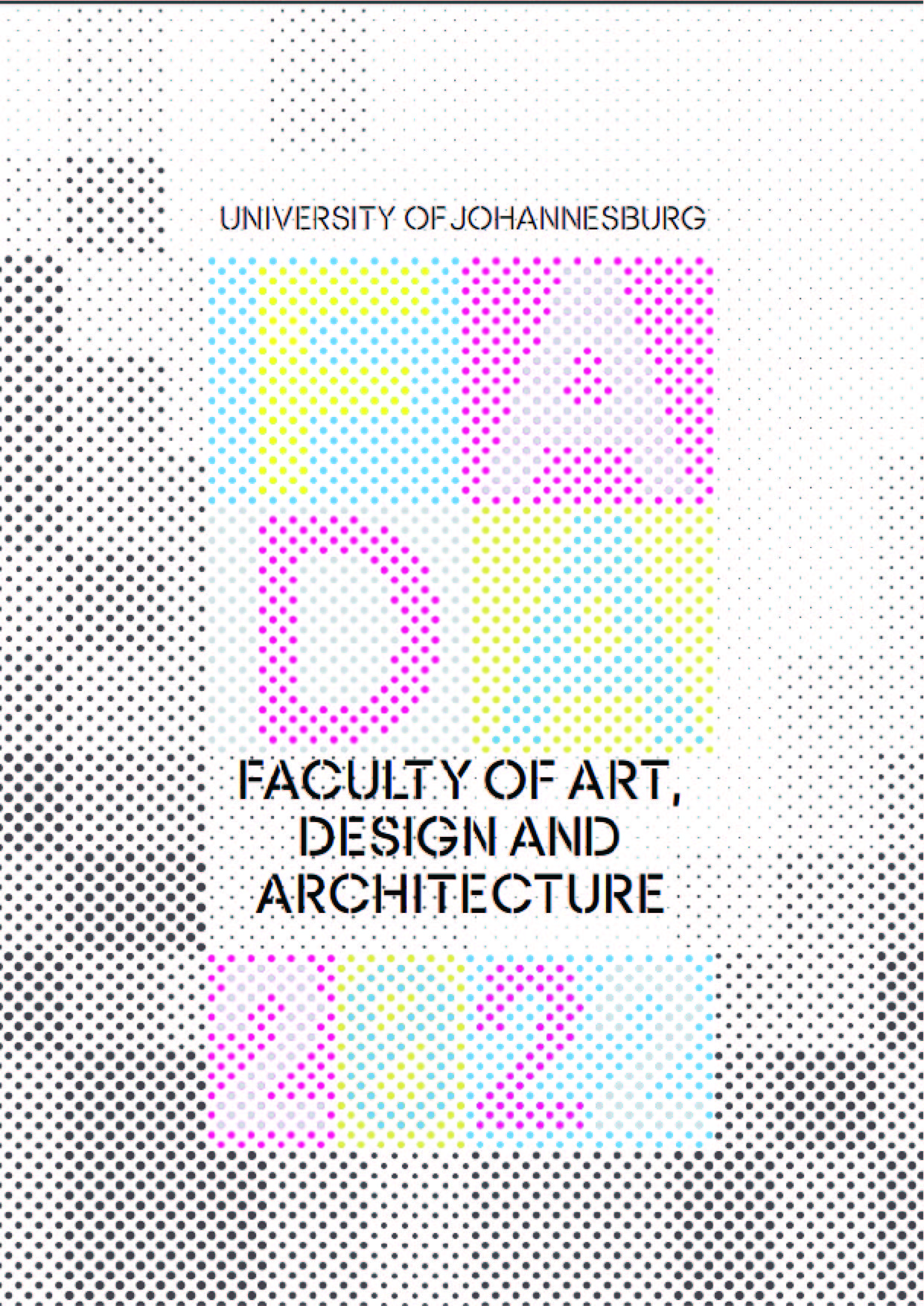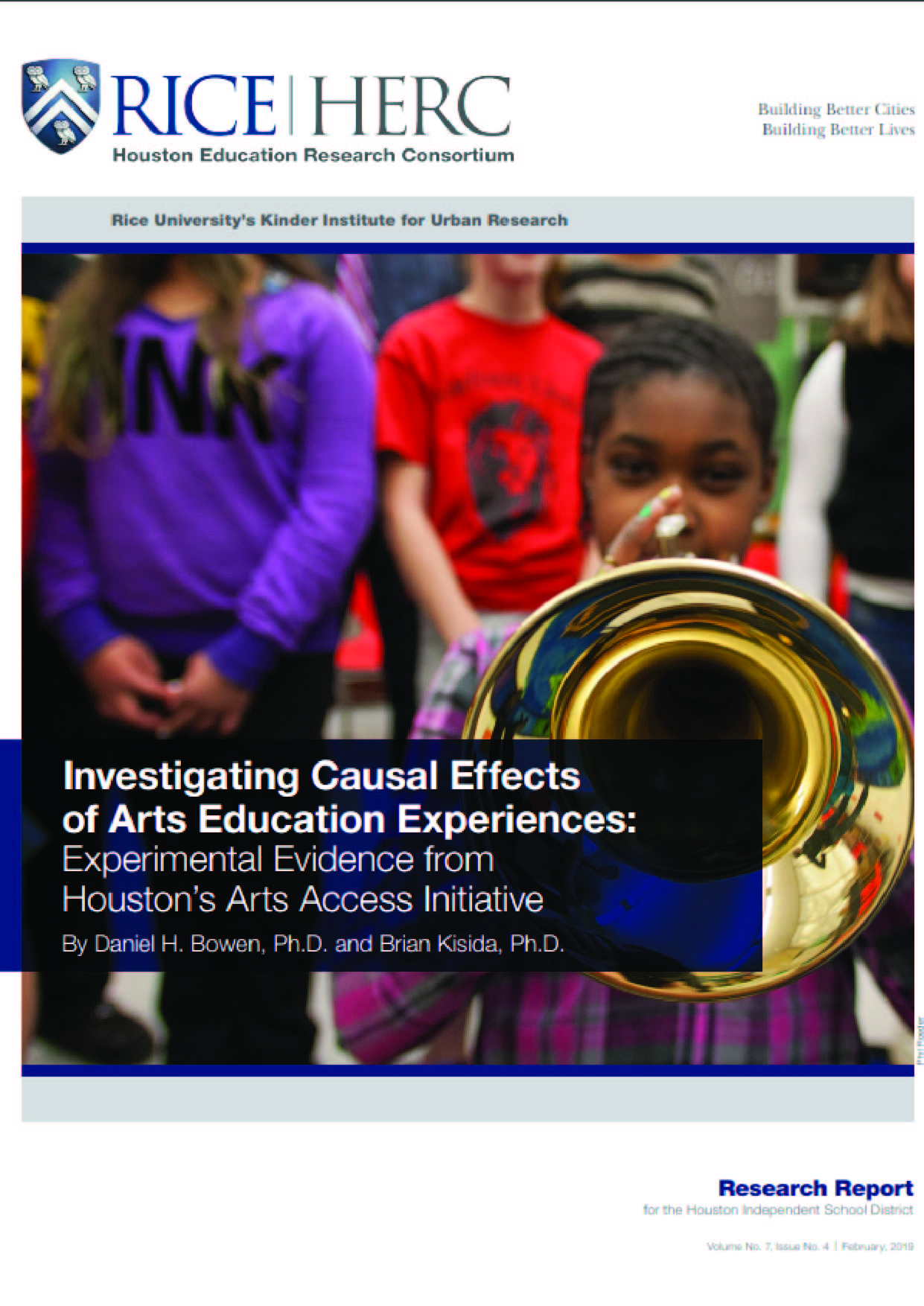Context Setting and Vision
Art and design has unique creative qualities and benefits for young people that should guarantee its place on the curriculum, from the Early Years through all Key Stages. Governors have a strategic responsibility to ensure that their school provides a high quality broad and balanced curriculum for all children and young people. Art and design is a rich and varied field. Alongside art and design the subject embraces craft. Much cross fertilisation exists, both in the classroom and in the real world. Very generally, art might include painting, printmaking, photography, film and sculpture; craft can include ceramics, jewellery, stitched, printed, woven and constructed textiles, metalwork, furniture making and bookbinding; while design incorporates graphics, fashion design and illustration. Above all, art and design inspires personal expression, creative and practical responses. It promotes imaginative risktaking, providing solutions to questions and issues within our material, social and virtual worlds.
Key questions
How can I best support art and design in my school?
- Does your school have a dedicated art and design or visual literacy policy? See page 5 to learn how this can support you in your role as a governor.
- Does your school have an Artsmark Award? See page 5 to find out more.
- Is art and design in your school taught by specialist teachers and subject co-ordinators? See pages 6 and 7 for professional development opportunities for staff.
- Are you aware how art and design is assessed in your school? See page 6 for an overview of assessment considerations.
- Does your school provide facilities that are fit for purpose to teach art and design? Space and light can be as important as equipment. Find out more on page 6.
- Are pupils given access to the work of other artists, makers and designers? Page 6 provides best practice guidance.
- What opportunities are there for your pupils to present their work? Exhibitions and competitions are highly valued by pupils; see below
Opportunities
Does your school provide well-resourced extra-curricular provision that allows pupils to participate in a wide range of creative activities outside the curriculum?
Does your school provide the time and resources for art and design clubs and arts weeks and festivals utilising the expertise of arts organisations and agencies where appropriate?
Do pupils visit local and national collections and temporary exhibitions in museums and galleries, and take part in the programmes run by these institutions?
What opportunities or competitions are there for your pupils to present their work in the public domain?
Are there opportunities at your school for pupils to exhibit work in the school or in local public spaces such as libraries and arts centres? Are teachers and subject co-ordinators encouraged and resourced to support these opportunities at your school?
Values and Ethos
Are you aware of the position of art and design in the curriculum?
Art and design is on the National Curriculum for maintained schools and should be taught from the Early Years Foundation Stage through Key Stage 1 and 2 and up to Key Stage 3. It is an entitlement at Key Stage 4, requiring that all children who wish to opt for art and design may do so. While Academies are not subject to the National Curriculum, they must teach a broad and balanced curriculum which should include art and design. Ofsted inspectors will consider whether the governing body ensure a broad and balanced curriculum. Ofsted will acknowledge the quality of provision that the school makes for spiritual, moral, social and cultural values, where art and design is seen as a key contributor.
What value does your school place on art and design?
Are you aware of the contribution art and design makes to all phases of education? Art and design contributes to specific areas of learning in the Early Years Foundation Stage Framework, developing fine motor skills and hand to eye co-ordination. Across the key stages, art and design can signpost to career pathways through Higher Education into the creative, cultural and heritage industries as well as being of high value as a unique creative subject in its own right.
Teaching
Is art and design in your school taught by specialist teachers and subject co-ordinators?
Do teachers and co-ordinators at your school access high-level subject specific professional development on an annual basis, such as those offered by the museum and gallery sector and professional bodies such as NSEAD? Does this include and promote improved teaching and learning, subject depth and breadth, and innovation and pedagogical improvements to raise standards? Does subject-specific support and professional development extend to technicians, higher level teaching assistants and teaching assistants at your school?
Do you want to explore more about the topic? Read through this book for more!
